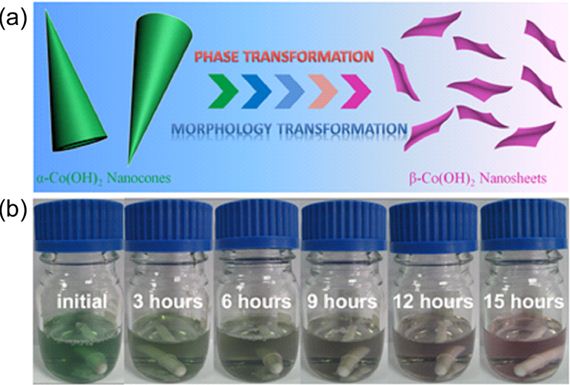Since at least Yangshao Culture (Neolithic, 5000~3000 B.C.), the ancient Chinese used layered clays to make pottery, people have been harnessing the properties of layered materials. This gradually developed into scientific research, leading to the elucidation of the laminar structure of layered materials, understanding their properties, and eventually fabricating them into individual, atomically/molecularly thin nanosheets (NSs). Recently, Inspired by graphene, the 2D materials have attracted great attentions and show great potential in many engineering applications, given the excellent in-plane mechanical, structural, thermal, electrical properties. Nowadays, many layered materials were successful exfoliated including transition metal oxides, transition metal hydroxides, transition metal dichalcogenides, and other 2D compounds such as BN, Bi2T3, Bi2Se3 and so on. Apparently, The future prospect for 2D materials is huge, covering a massive range from the most insulating one to the most conductive one and from the strongest one to the softest one. At present, how to use or what to be used this magic morphology efficiently becomes the major issue.
Recently, Prof. JINJian’s group at Suzhou Institute of Nano-Tech & Nano-Bionics, Chinese Academy of Sciences (SINANO) reported for the first time the synthesis of single-layer β-Co(OH)2 NSs with the thickness of ~1.1 nm by a wet chemistry process and investigation of the performance of β-Co(OH)2 NSs as a pseudocapacitive material. Considering that Co(OH)2 is an insulator, hybridizing Co(OH)2 with conductive materials could be an effective way to improve conductivity so as to obtain higher specific capacitance. Owing to the intrinsic properties of light weight, good conductivity, and large surface area of reduced graphene oxide (RGO), the β-Co(OH)2 NSs are thus assembled with RGO to form an all 2D materials based composite for the use of electrode material for pseudocapacitor. Recent results also showed that the RGO could stabilized both the electrochemical and mechanical properties of Co(OH)2. As a consequence, the electrode exhibits an unprecedentedly high specific capacitance of 2080 F/g scaled to the total mass of the electrode or 3355 F/g scaled to the active mass of Co(OH)2 at current density of 1 A/g. This work has been recently published in ACS Nano (http://pubs.acs.org/doi/abs/10.1021/nn500386u).

Figure (a) Schematic for the preparation of single-layer β-Co(OH)2. (b) Color evolution during exfoliating process of layered α-Co(OH)2 nanocones.(Image By SINANO)
This work was supported by the NationalNatural Science Foundation of China (Grant No. 21273270), theNational Basic Research Program of China (2013CB933000),the Key Development Project of Chinese Academy of Sciences(No. KJZD-EW-M01-3), and the Natural Science Foundation ofJiangsu Province (BK20130007).
(Information Source: Suzhou Institute of Nano-tech and Nano-bionics, CAS)

